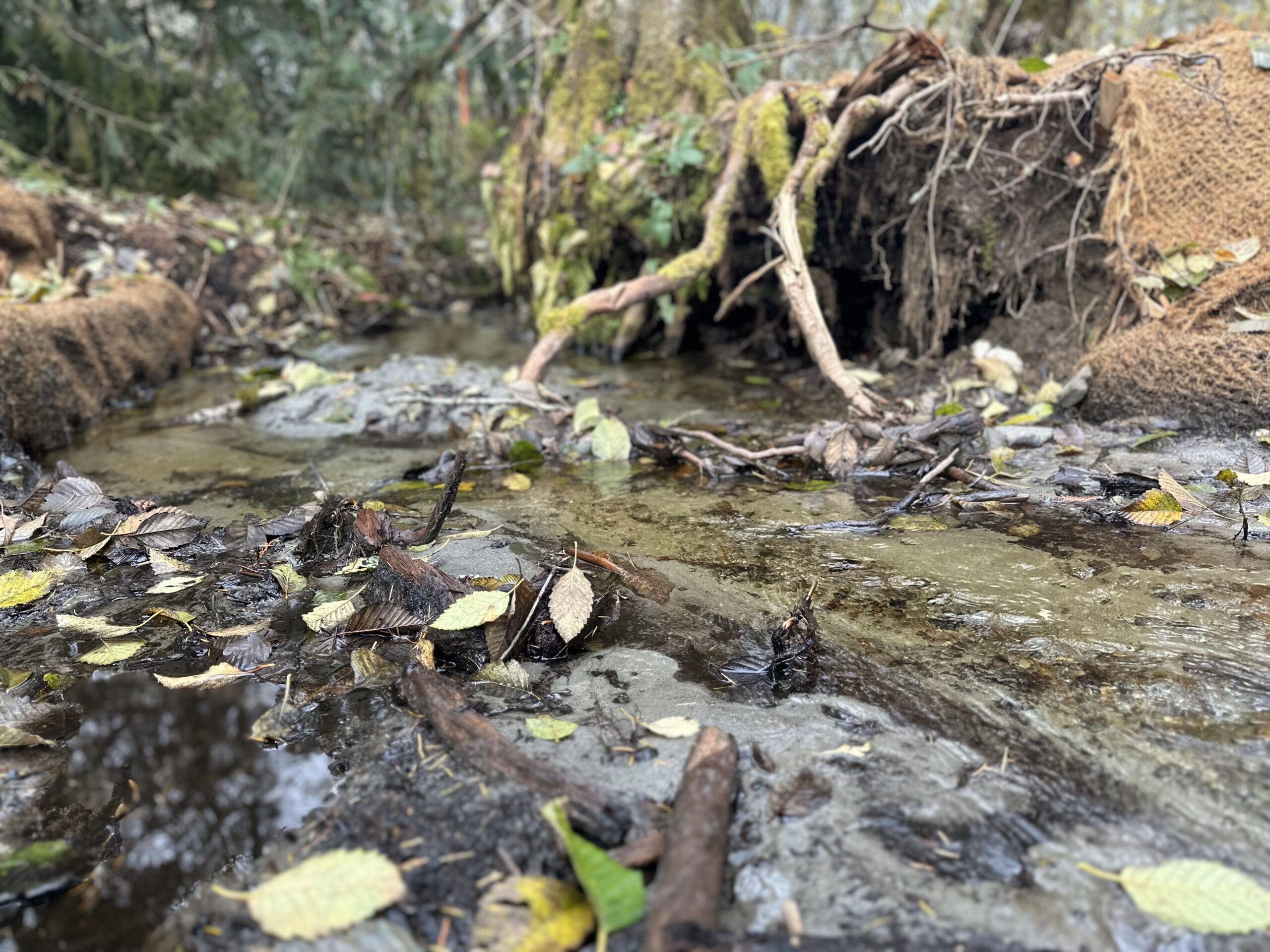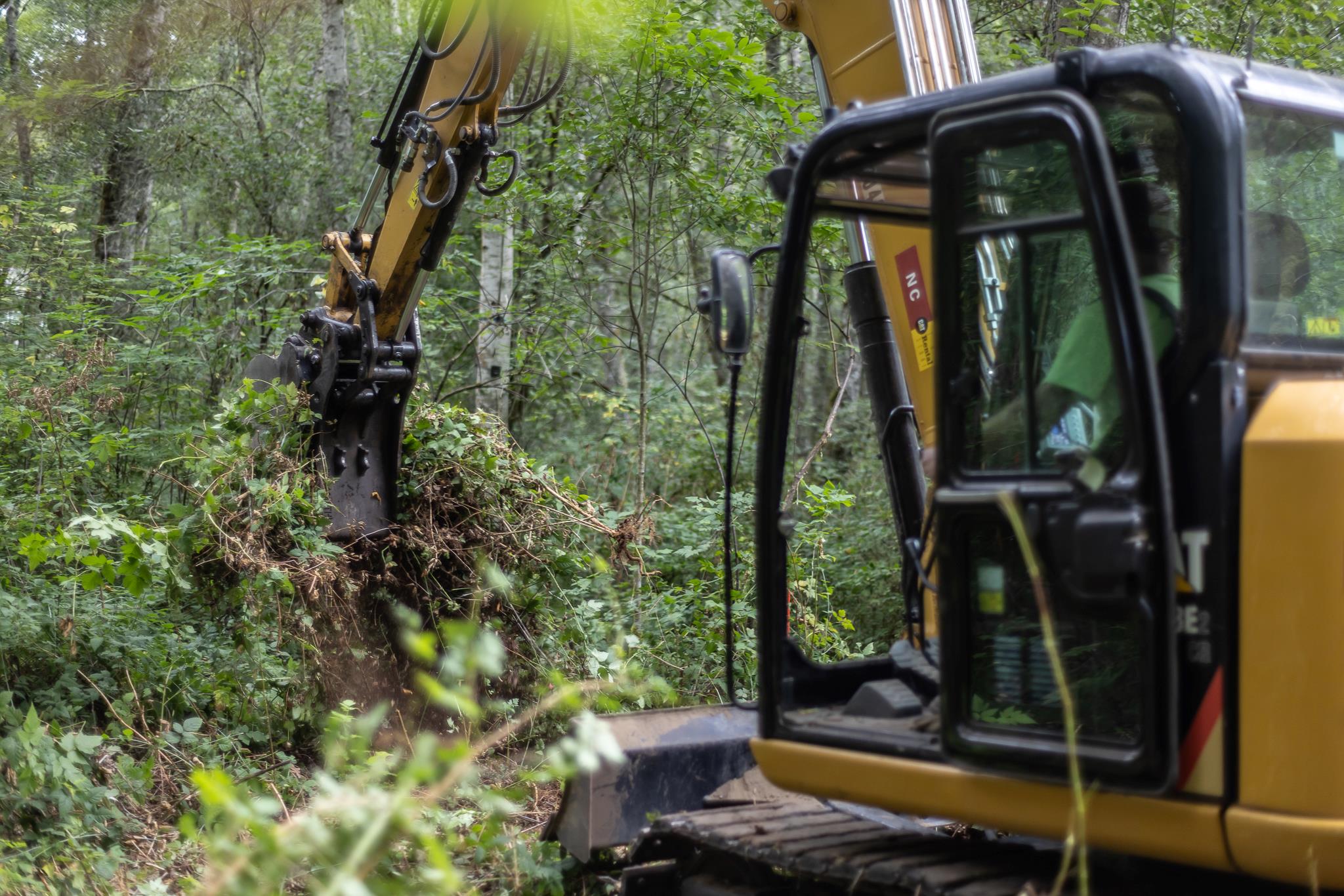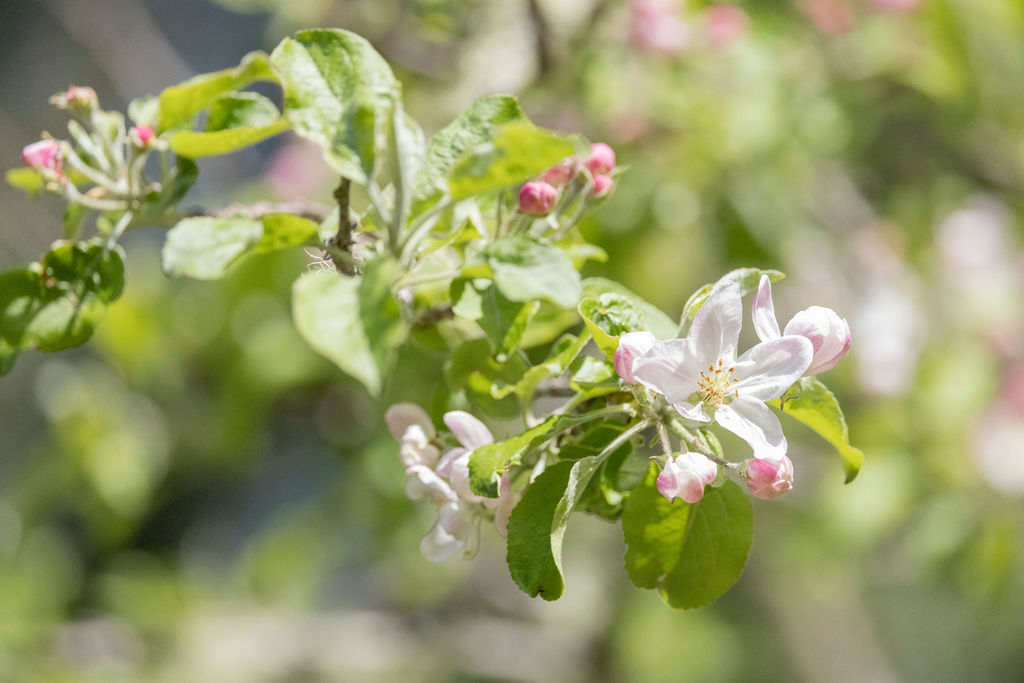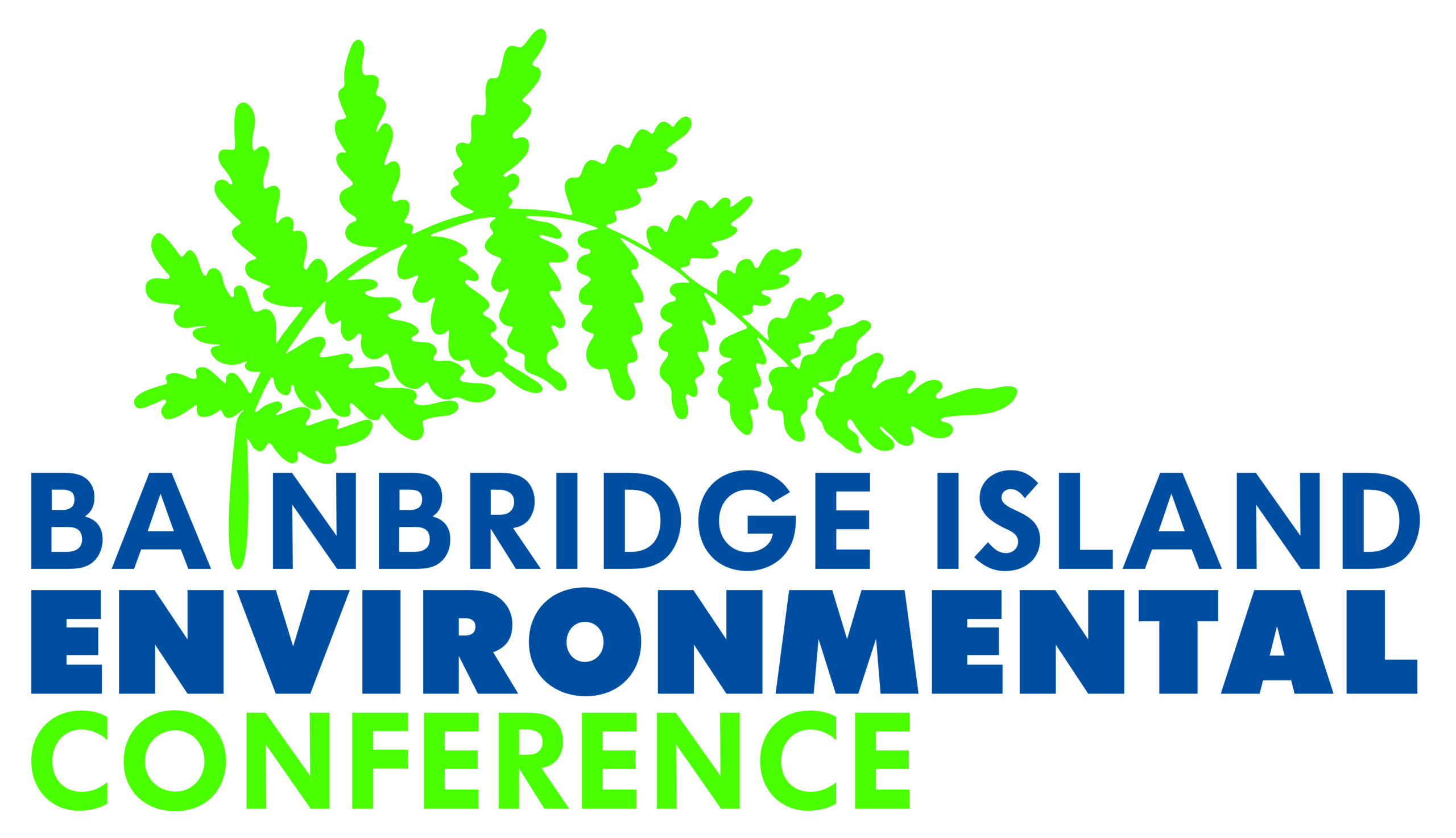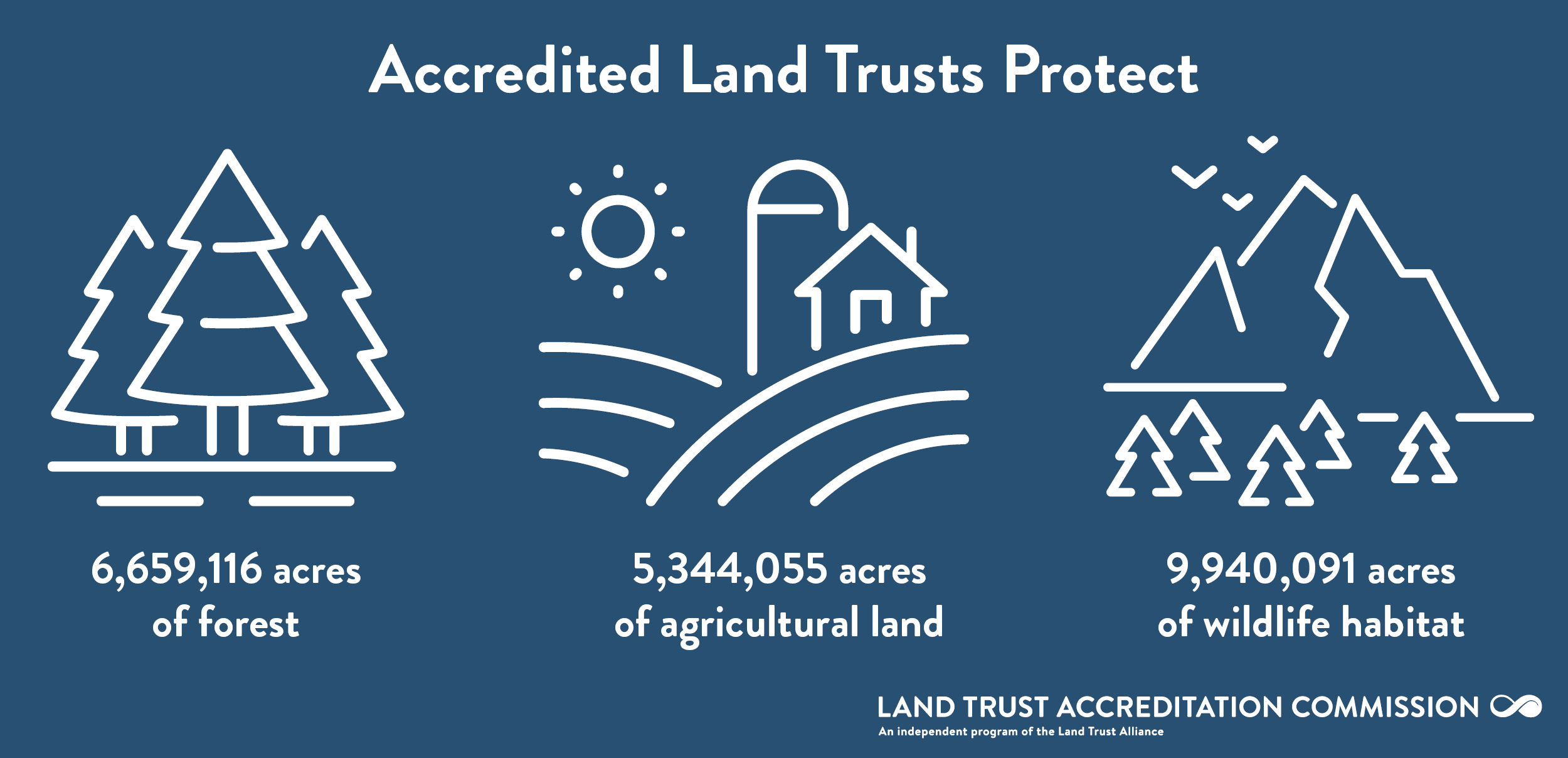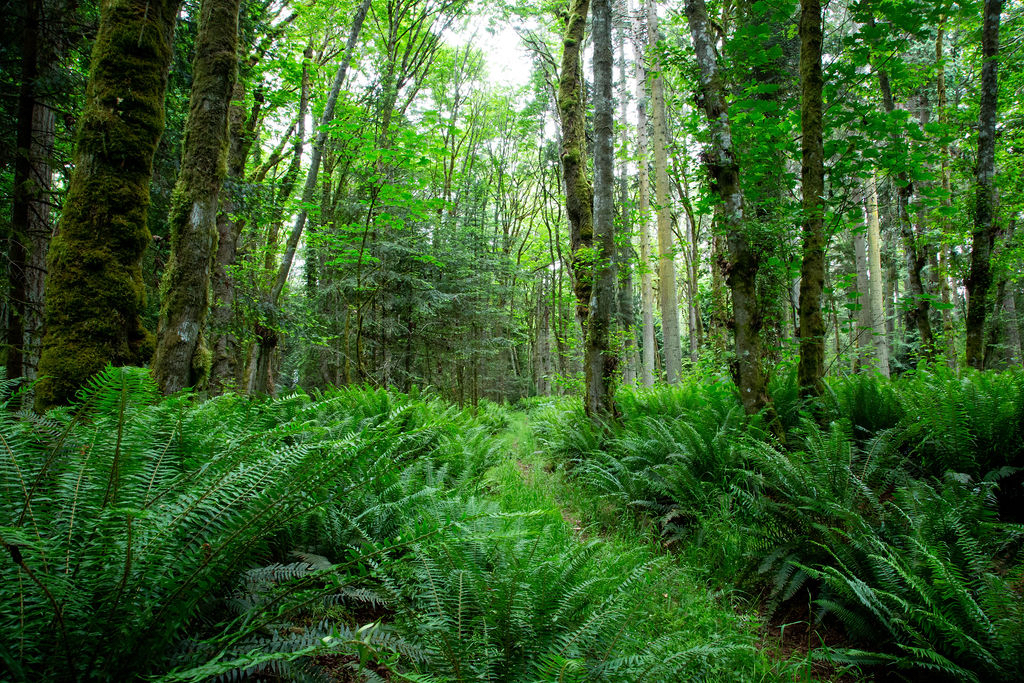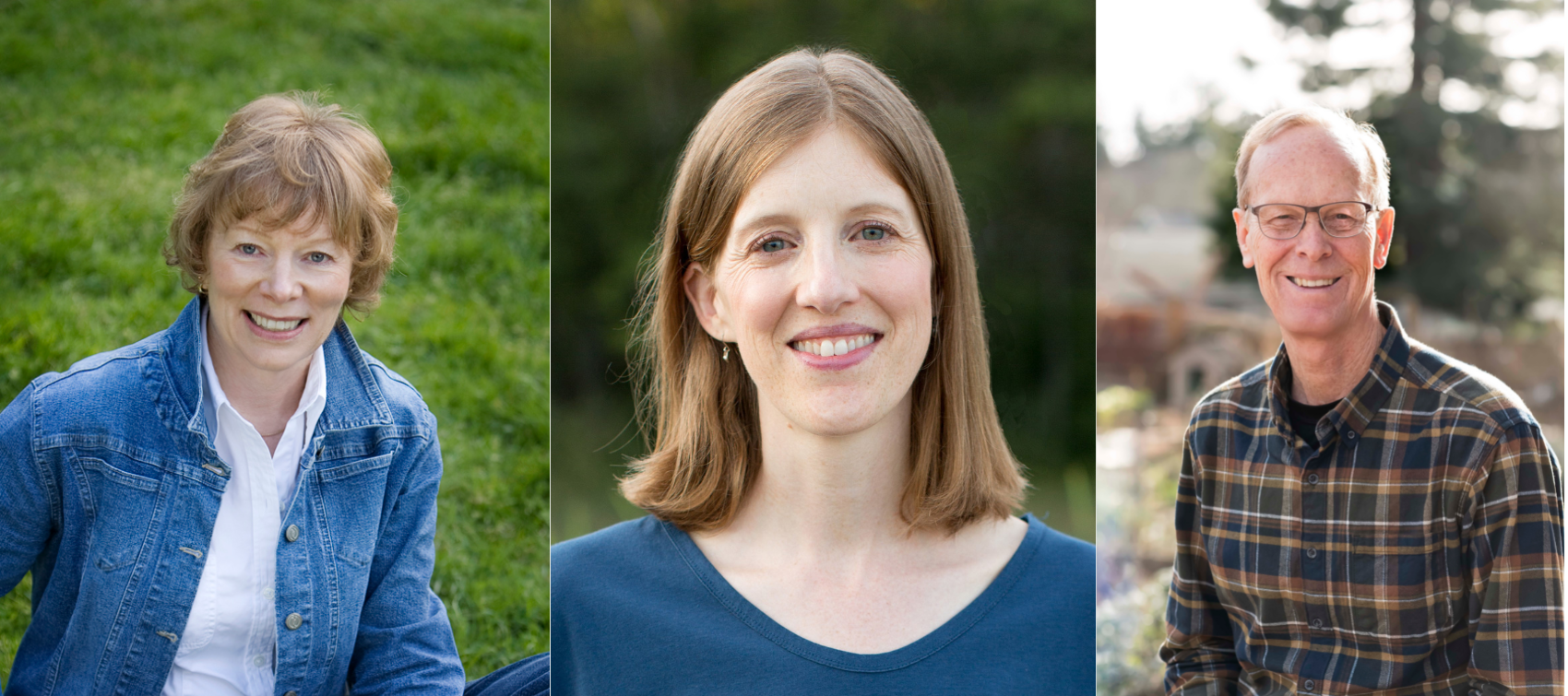13 Nov Critical Salmon Habitat Restored at Springbrook Creek Preserve
News BILT AdminAnother win in the recovery of threatened and endangered species such as Puget Sound Steelhead. In a landmark restoration effort, the Bainbridge Island Land Trust has restored a critical section of Springbrook Creek by removing an underground culvert to allow free fish passage through Springbrook Creek Preserve. The restoration efforts were made possible through the support of dedicated volunteers, partners, and neighbors. This September, volunteers helped prepare 800 biodegradable bags of soil that were strategically placed to stabilize the streambank while native plants take hold. Port Madison Enterprises and Wild Fish Conservancy played a pivotal role in ensuring the project’s success. After removing the culvert, the Land Trust installed a 30-foot-long pedestrian bridge over the stream, allowing the creek to flow freely. This bridge will provide future public access across the stream. The Glanzrock family, who reside near the Preserve, expressed their excitement with the results of the project, stating, “We have been happy working together with the Land Trust to protect the 23 acres of wetland and wildlife habitat now known as Springbrook Creek Preserve. Over the years, as parcels of land have been divided and built upon it’s satisfying to know that another large tract of Bainbridge Island will be kept mostly wild and undeveloped.” The 23-acre Preserve was strategically chosen following a multi-year stream assessment, and conserved through the Stand for the Land movement in 2019. The Springbrook Creek Watershed Assessment identified future restoration opportunities within the nearly 1,000-acre watershed, such as removing other fish passage barriers and enhancing stream habitats. Springbrook Creek (which drains into Fletcher Bay on the west side of the Island) is important in a region-wide context. Its protection is a priority of the Puget Sound Partnership Action Agenda, which is the…

